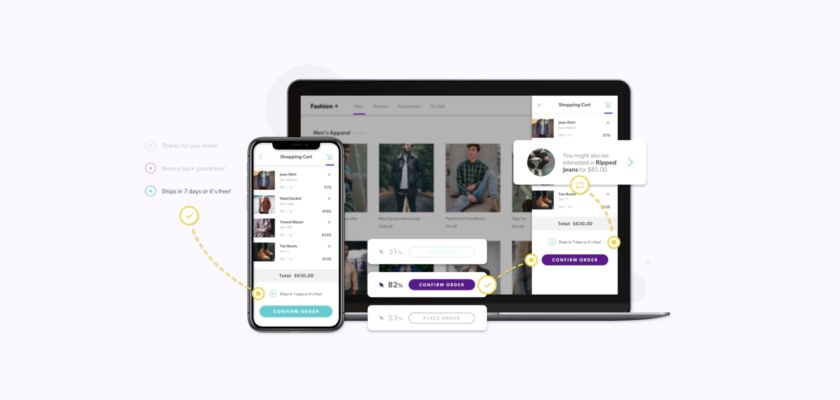Ecommerce Case Study: Mobile Optimization Drives Higher Customer LTV

Today’s consumers are interacting with brands across every digital touchpoint and each one of these is an opportunity to turn a one time browser into a lifelong customer. The challenge is that marketing and product teams don’t know where to make improvements and objectively measure effectiveness across these touch points.
Historically, desktop optimization has taken priority in terms of budget and development resources. There’s no arguing that a product page is easier to view on a desktop screen – it’s bigger. Consumers inherently feel safer about checking-out on a computer simply because we’re used to it. Naturally, a better shopping experience results in higher add-to-cart actions and conversions.
However, this legacy approach of only looking at raw conversion metrics in isolation, without understanding the user journey, produces an incomplete and misleading picture that prevents retailers from adapting to mobile consumer trends.
The shift from desktop web optimization to omni-channel
Consumer shopping behaviour has evolved dramatically in recent years and omni-channel optimization is a clear indicator of strategic sophistication. Online retailers who will continue to win are the ones who understand their customer’s journey and optimize for the ability to shop and convert across both web and mobile.
Superior personalized experiences delivered across the user journey by the likes of Netflix, Spotify, and other social media platforms have raised the expectations of customers for all of their digital experiences. Without a solution to optimize a brand’s cross-platform experience, retailers are facing common challenges which inhibit their ability to grow: the inability to connect data across customer touch points and attribute value to them. From a study conducted by the Boston Consulting Group, brands which have invested in delivering exceptional cross platform experiences earn up 20% higher revenues.
Brands which have invested in delivering exceptional cross platform experiences earn up 20% higher revenues.
To continue ignoring mobile conversion and the grander vision of omni-channel personalization is to ignore an incredible opportunity. In 2019, over 60% of global eCommerce transactions occurred on a mobile device. What’s more is that the volume of retail conversions on mobile devices have been consistently showing double digit year-over-year growth in desktop penetration. By the end of 2021, the share of eCommerce transactions occurring on mobile devices is expected to grow to over 70% with a total sales of over $3 trillion.
Beyond just conversions
Looking beyond raw conversions, sophisticated retailers are able to identify that their cross platform customers are more valuable. According to IDC, the LTV of omni-channel customers are over 30% higher than customers who only leverage a single channel.
Target, one America’s largest retailers, identified that customers who shopped across multiple channels have a total spend of over 3 times as much as customers who are only on one channel. The disparity is staggering and as a result, Target has focused their digital strategy on driving omni-channel conversion through delivering exceptional user experiences across all of their platforms. They recognize that optimizing their mobile experience allows them to maximize their revenue potential. After all, over 88% of mobile screen time is spent in apps.
Are you positioned to succeed in an omni-channel world?
The retailers who are best positioned to both endure and succeed in today’s extraordinary market conditions are the ones who are able to look beyond surface-level, platform isolated conversion metrics and identify the value of their omni-channel customer. LTV is the metric which digitally sophisticated retailers are optimizing through their cross platform experimentation programs to both drive short term profitability and long-term sustainability.
